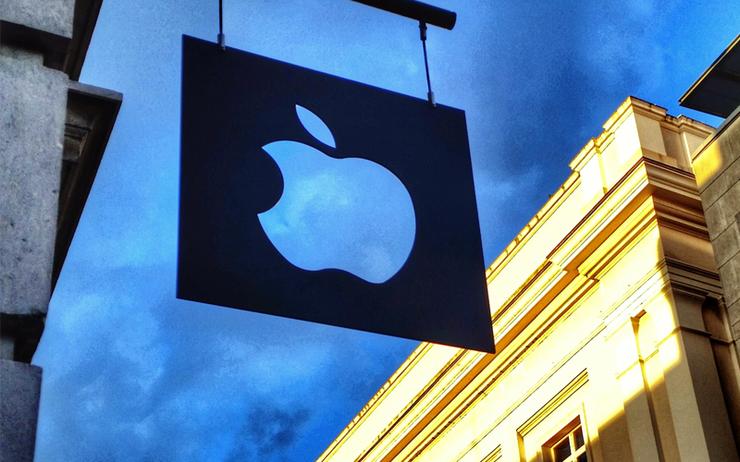
For decades, Apple tried to push into the enterprise market through the data centre back door.
In the 1990s, it rolled out its Apple Network Server, which quickly failed. In the early 2000s, it introduced its Xserve line – a data centre server that lasted in various iterations through 2011, but never gained traction.
More recently, it has pinned its hopes on partnerships with leading software and service providers, hoping to capture more of the seemingly elusive, but lucrative, enterprise market.
In truth, Apple has already won.
To be certain, Microsoft still dominates the workplace desktop and laptop space. But Apple recognises who it is and who it isn't. As Sun Tzu wrote in the Art of War, "If you know the enemy and know yourself, you need not fear the result of a hundred battles."
"Consumer technologies are becoming the leading platforms in the enterprise market, bringing additional capabilities to enterprise apps and Apple is riding that wave to get adoption in the enterprise," said Van Baker a research vice president at Gartner. "Every enterprise worker is also a consumer."
It was Apple's iPhone, introduced in 2007, and the iPad, which arrived in 2010, that gave it that long-sought foothold in the enterprise. And while it may not dominate the back office, it certainly has ownership of the front office.
That presence became the lynchpin Apple needed to swing top-tier enterprise vendors to join it in a new kind of partnership, one in which Apple employees take up residence in the offices of IBM, Deloitte, Accenture, SAP and Cisco.
Riding the consumerisation of IT wave
In the past year, 82 per cent of the work done on mobile devices in the enterprise was performed on iOS; the remaining 18 per cent of mobile activities were done on Android devices, according to new research from file synchronisation software vendor Egnyte.
While Windows continues to dominate the desktop with 75 per cent of enterprise transactions, Apple's desktop macOS still takes a healthy 25 per cent, according to Egnyte. The company analysed 25 petabytes of customer data and four billion transactions for its study.
And while three of every four activities are done on a Windows desktop app, a little more than three in four activities are done using an iOS app, according to Engyte CSO Isabelle Guis.
"If you deploy a solution that is robust on Windows but heavily lacking on the iOS side, your business will significantly struggle," she said in a blog post.

"Apple managed to get into a market completely owned by Microsoft. They reversed a monopoly. How many players have been able to reverse a monopoly?"
Egnyte used its study to show the importance of agnostic enterprise mobility management (EMM) strategies that allow seamless compatibility across any devices and any operating system.
In recent years, Apple has marched into the enterprise, mainly through partnerships with leading IT vendors that create iOS-based apps and services.
For example, Accenture just announced a new dedicated iOS practice within its Digital Studios in select locations around the world. Experts from Apple, including software and hardware developers, data architects and data scientists, will be co-located in Accenture's iOS practice offices.
The partnerships are necessary for iOS-based apps to connect to legacy back-end systems that enable access to corporate data.
Apple will be using Accenture's systems integration expertise; in turn, Accenture – which helps companies develop and deploy custom business apps – can use Apple's APIs to craft business applications for iPhones and iPads.
"It's not just your typical partnership, where two organizations say we're going to partner together and sell or represent each other's stuff," Baker said.
"They're actually putting personnel in those [IBM, Accenture and Deloitte] facilities, working with them to build solutions and components and apps that can be deployed over and over again with some degree of modification."
At the same time, partnerships with software and networking providers such as SAP and Cisco will allow those companies to use Apple's SDKs to develop APIs to connect to their products.
"There's a kit for the developers that they can just drop into their development environment that gives you all that capability that the iOS device can offer... cameras, GPS data, push notifications, etc. So, if you want to build an application as a front end to an SAP back end, you've got all those capabilities that are unique to iOS," Baker said.
Last year, IBM announced its MobileFirst iOS strategy, which was aimed at helping enterprises build custom apps for specific vertical industries, such as healthcare, financial services and entertainment.
"In the case of IBM," Baker said, "Apple basically had control over the design and the front-end capabilities and IBM had responsibility for the back-end integration capabilities, which actually gave the functionality to the apps."




